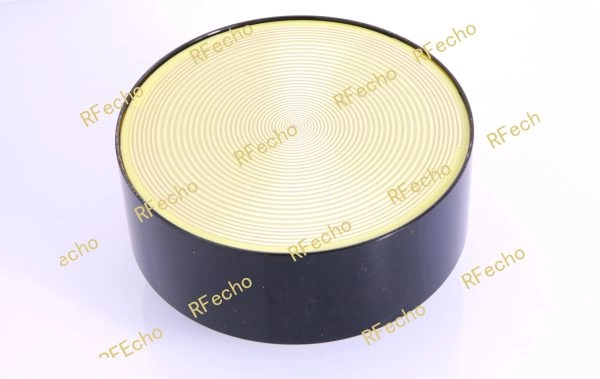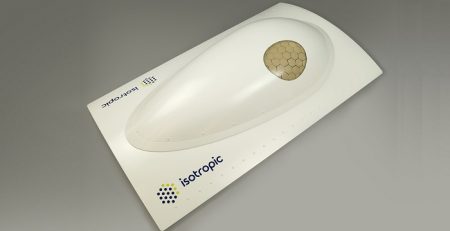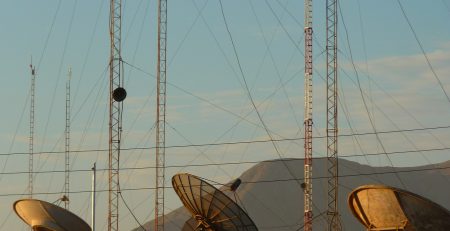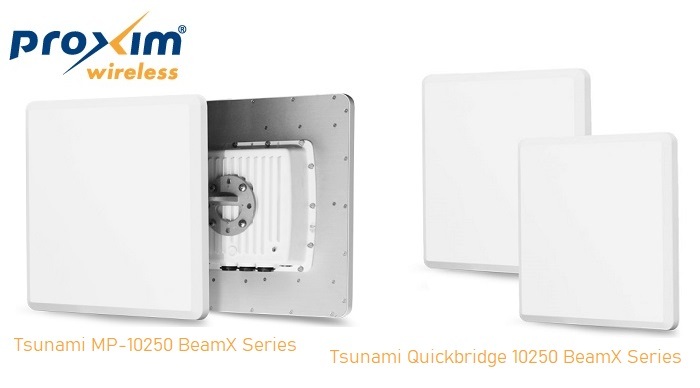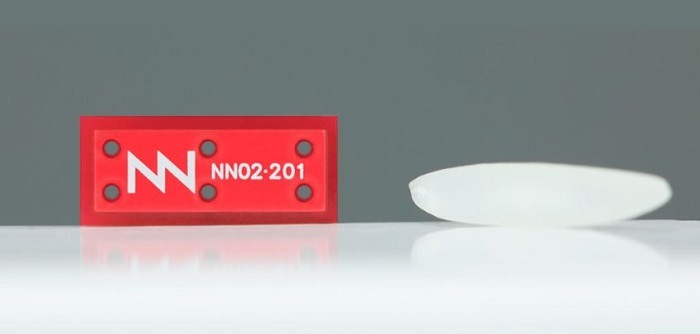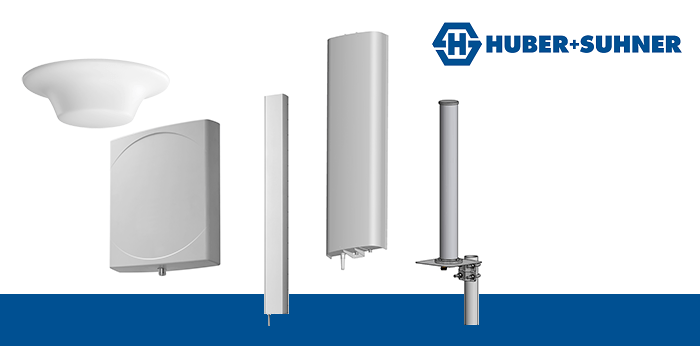How to Expand the Bandwidth of a Cavity-Backed Planar Spiral Antenna?

What Limits the Bandwidth of a Cavity-Backed Planar Spiral Antenna?
Before we jump in to solutions, it’s important to understand what mostly affect the bandwidth of a cavity-backed planar spiral antenna. Several primary factors are at play:
Key Factors Affecting Bandwidth
- Size: The physical scale of the spiral sets its lowest operating frequency. Compact antennas naturally find it tough to handle lower frequencies, thus limiting bandwidth.
- Substrate Material: The dielectric traits of the substrate affect wave movement and impedance alignment, directly influencing bandwidth.
- Feeding Techniques (Balun): The approach used to power the antenna, either it is coaxial, microstrip, or another balun type may impacts how smoothly energy flows across frequencies.
Common Challenges
Engineers often faces different challenges when designing these antennas:
- They need to balance small size with the demand for broad bandwidth performance.
- They also work to reduce impedance mismatches arises from less-than-ideal feeding methods.
- Plus, they face restrictions from the cavity. Although it cuts back radiation, a poorly designed cavity can shrink the frequency range.
Recognizing these obstacles is the initial move toward achieving greater bandwidth potential.
Strategies to Expand the Bandwidth of a Cavity-Backed Planar Spiral Antenna
Now that it is clear what mostly effect the bandwidth, let’s examine practical ways to widen the planar spiral antenna’s bandwidth.
Optimizing Antenna Dimensions
The proportions and form of the spiral are essential to bandwidth success.
- How It Works: A broader spiral diameter stretches the low-frequency boundary. Meanwhile, tighter spiral twists can lift high-frequency output. Tweaking arm width and gaps also refines impedance across the spectrum.
- Practical Tips: Target a logarithmic spiral layout for consistent frequency behavior. But if space is tight, consider multi-arm setups. These maintain capability without overly expanding the footprint.
For real-world examples, explore RFecho’s Planar Spiral Antennas, which feature finely tuned dimensions for varied purposes.
Choosing the Right Substrate Material
The substrate isn’t just a base—it’s a bandwidth shaper.
- Role of Dielectric Constant and Thickness: A lower dielectric constant permits broader bandwidth by easing wave restriction. Conversely, a thicker substrate can handle wider frequency spans, though it risks surface wave losses.
- Material Examples:
| Material | Dielectric Constant | Bandwidth Impact |
| FR4 | 4.4 | Fair, budget-friendly |
| Rogers RO4003 | 3.38 | Broader bandwidth |
| Teflon (PTFE) | 2.1 | Superb for wideband |
- Recommendation: For top-tier designs, choose low-loss options like PTFE or Rogers substrates. These excel in rigorous fields like aerospace.
Improving Feed Techniques
The feeding method or balun links the antenna to its power source, making it a pivotal bandwidth factor.
- Feeding Methods:
- Coaxial Feed: Straightforward yet prone to impedance hiccups at higher frequencies.
- Microstrip Feed: Sleek and flat, perfect for integration. However, its bandwidth may falter without tapering.
- Tapered Balun: Delivers a seamless impedance shift, markedly expanding the frequency range.
- Recommendations: Opt for a tapered balun for ultra-wideband results.
Alternatively, combine a microstrip feed with impedance-matching tweaks for specific gains.
Changing the Design of the Back Cavity
The cavity backing boosts directivity but can curb bandwidth if not refined.
- Cavity Design Impact: A shallow cavity might hinder low-frequency output. On the other hand, a deeper one could spark unwanted resonances. Altering the cavity’s form—like conical or stepped—can even out the frequency response.
- Real-World Examples:
- A conical cavity boosted bandwidth by 20% in a radar project (source: industry case study).
- RFecho’s 2020 collaboration with the Chinese Academy of Metrology featured cavity-backed horn antennas spanning 2GHz-40GHz. This highlights clever cavity design.
Try adjusting cavity depth and shape to hit the ideal frequency balance for your task.
About RFecho: Your Trusted Planar Spiral Antenna Supplier
When it comes to advancing antenna performance, RFecho emerges as a dependable ally. Launched in 2006 as Ocean Microwave, RFecho has evolved into a frontrunner in microwave and antenna innovations. It began with high-precision GPS antennas. Now, it boasts recent feats like the 2024 spherical near-field scanning lab and 30-80MHz telescopic pole antennas for Tianjin Automotive National Laboratory. RFecho consistently provides state-of-the-art technology.
FAQs: Answering Your Questions About Bandwidth of a Planar Spiral Antenna
Q1. What is the typical bandwidth of a planar spiral antenna?
A1. The bandwidth of a cavity-backed planar spiral antenna usually spans a 2:1 to 10:1 ratio (e.g., 1GHz to 10GHz). This depends on factors like size, substrate, and feed. Cutting-edge designs, such as RFecho’s Ultra-Wideband Antennas, can stretch this further.
Q2. How can I increase the bandwidth of a planar spiral antenna without changing its size?
A2. Without adjusting dimensions, try these:
- Use a substrate with a lower dielectric constant, like PTFE.
- Add a tapered balun for fluid impedance shifts.
- Refine the cavity shape to cut frequency-dependent reflections.
Q3. Does the bandwidth of a planar spiral antenna affect its efficiency?
A3. Yes, though it’s a nuanced link. Wider bandwidth often demands compromises, such as lower gain or efficiency at certain frequencies due to impedance mismatches or substrate losses. Still, a skillfully designed wideband antenna—like those in RFecho’s collection—can sustain high efficiency across its range with smart engineering.
Conclusion and Call to Action
Expanding the bandwidth of a cavity-backed planar spiral antenna blends creativity and precision. Optimize dimensions, pick the best substrate, enhance feed methods, and rethink cavity design. These steps can elevate your RF projects’ performance. Whether you’re addressing aerospace hurdles or upgrading wireless setups, these tactics provide a clear path forward. Ready to elevate your antenna design? Team up with RFecho for expertly made planar spiral antennas suited to your needs.


